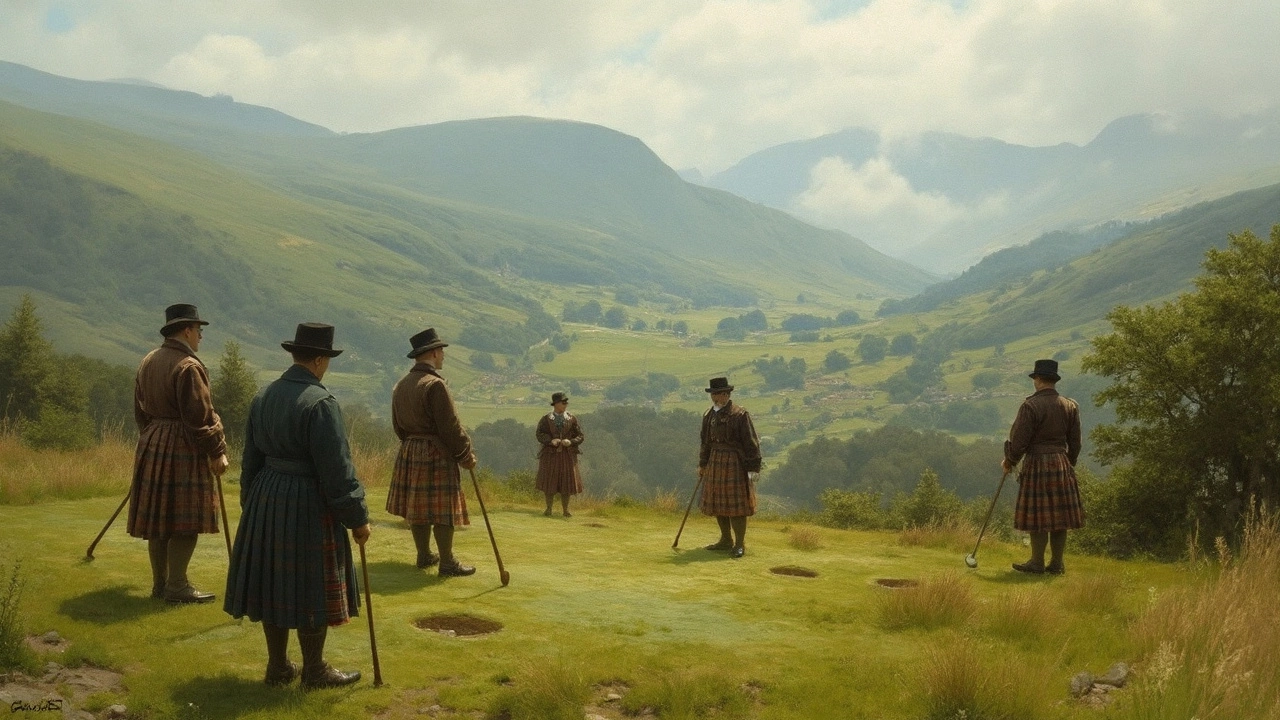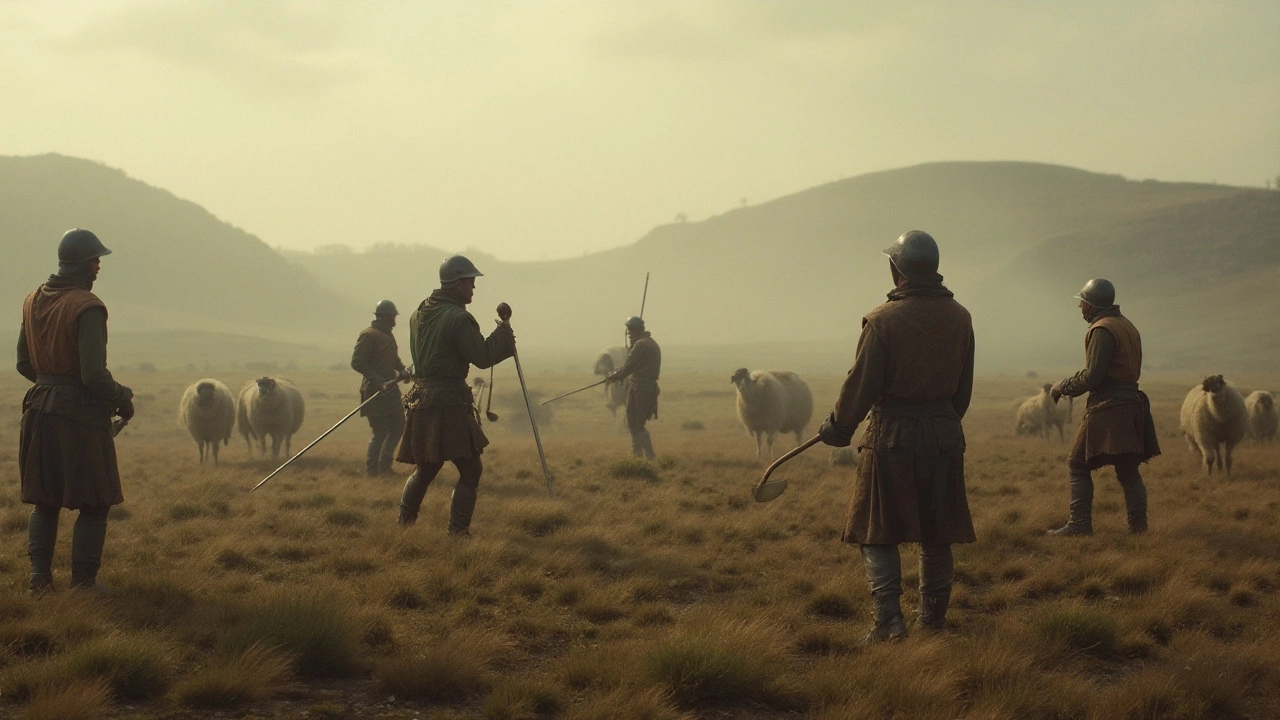
Golf History: The Moments That Made the Game What It Is
Ever wondered why golf feels so timeless? It’s because the sport has been built on a series of surprising twists, bold innovators, and unforgettable matches. Below you’ll get a quick tour of the biggest milestones, so you can impress friends the next time you’re on the greens.
Early Beginnings
Golf probably started in Scotland during the 15th century, but the idea of hitting a ball with a stick goes back much farther. Dutch shepherds are said to have played a primitive version called “kolf” in the 1300s. The first written record of “golf” appears in a 1457 Scottish decree that actually banned the game because it distracted men from archery practice.
The Old Course at St Andrews, opened in 1552, became the sport’s unofficial headquarters. Its iconic 18‑hole layout set the standard that later courses worldwide would copy. Early players used wooden clubs and a leather ball called a “featherie,” which they hand‑stitched around a goose feather.
Modern Era Highlights
Fast‑forward to the 1800s, and the game got a tech boost. The gutta‑percha ball, introduced in 1848, was cheaper and could be mass‑produced, making golf more accessible beyond the aristocracy. This democratization sparked a club‑building boom and the first professional tournaments.
The first Open Championship rolled out in 1860 at Prestwick. It set the template for major tournaments and gave birth to legends like Old Tom Morris, who won the Open three times. Across the Atlantic, the U.S. Open debuted in 1895, cementing golf’s global reach.
In the 20th century, players like Bobby Jones, Ben Hogan, and Arnold Palmer turned golf into a celebrity sport. Their rivalries were covered in newspapers, radio, and later TV, pulling huge crowds to courses that once hosted only a few dozen spectators.
Technology kept shaking things up. Steel shafts replaced hickory in the 1930s, and the introduction of graphite shafts in the 1990s gave clubs more flexibility and distance. Today, launch monitors and AI‑driven coaching apps let amateurs fine‑tune their swing the way pros do.
Rule changes also shaped the modern game. The 2019 “Unified Rules” simplified scoring, eliminated the “stymie,” and introduced a new approach to penalties, making the sport easier for new players to pick up.
So what does all this mean for you? Understanding the game’s roots adds depth to every round you play. Whether you’re lining up a drive at a historic links or practicing your putt at a modern academy, you’re part of a story that’s over 600 years old.
Next time someone asks, “Why does golf feel so special?” you can point to medieval bans, featherie balls, and a handful of trailblazing champions who turned a simple pastime into a global phenomenon.

